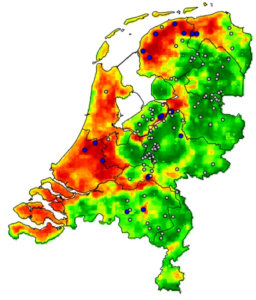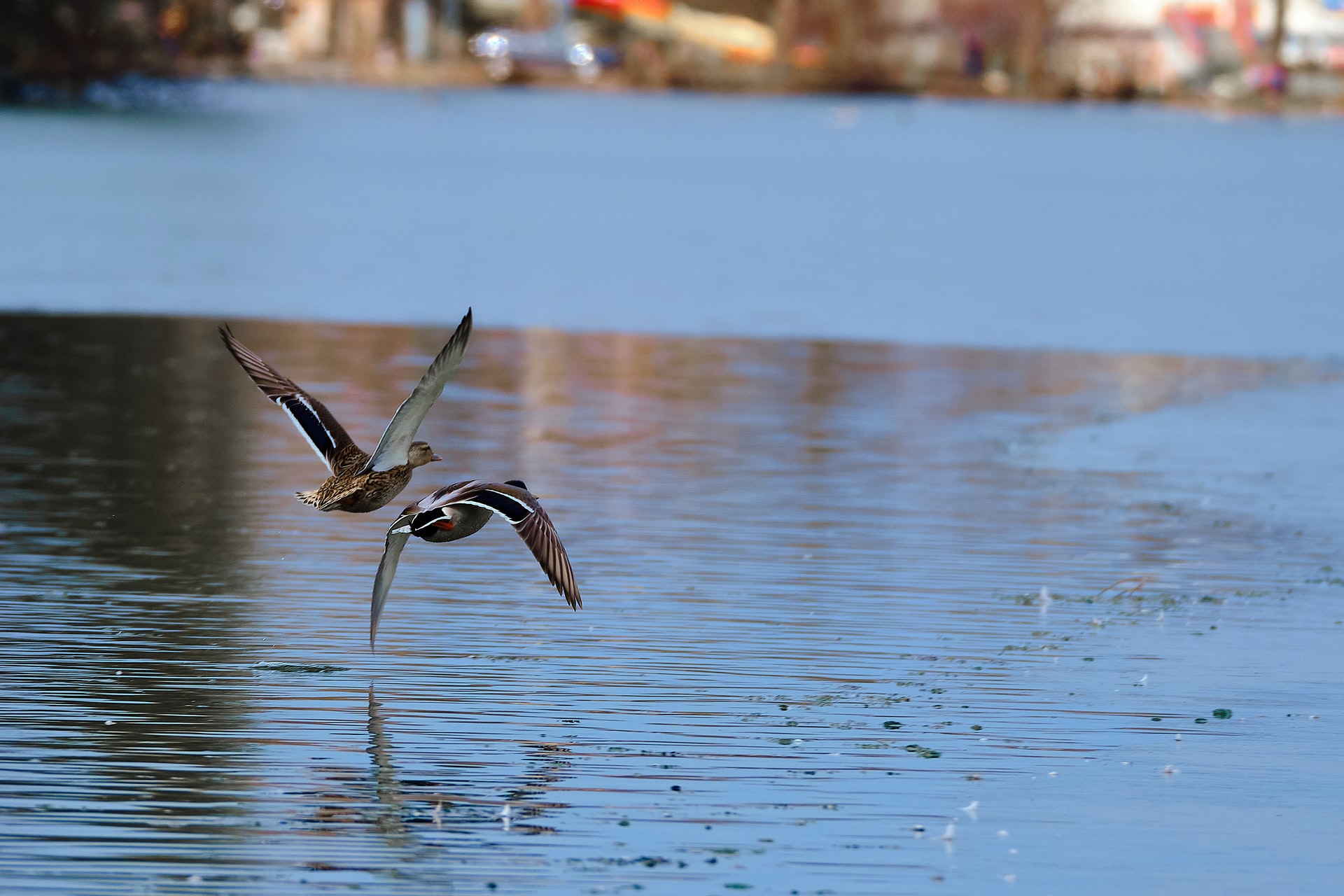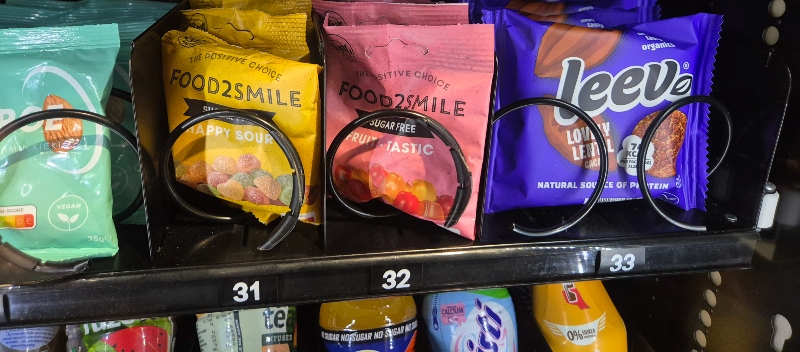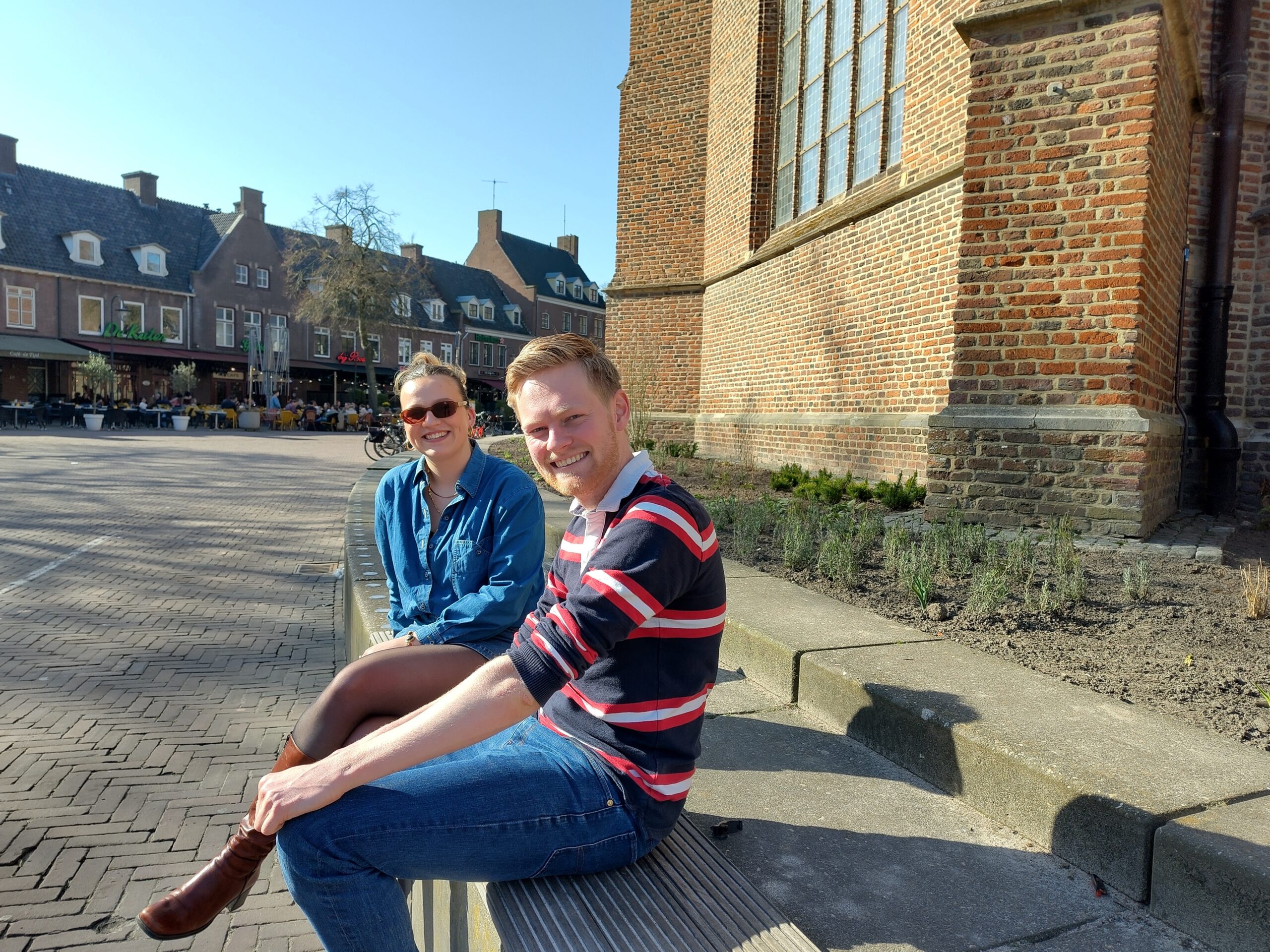Data on the distribution of wild ducks, mute swans and brent geese offer clues in predicting the risk of an avian influenza outbreak on poultry farms, Wageningen Livestock Research scientist Janneke Schreuder discovered.
She studied the environmental factors of 26 high-pathogen bird flu outbreaks at Dutch poultry farms in collaboration with Utrecht University and Sovon Bird Research. She used machine learning to determine predictive indicators for bird flu outbreaks based on this study.
The concentration of wild birds appeared to be the best predictive indicator. 19 of the 20 indicators with the highest scores related to wild birds, mostly aquatic birds (17) and two predator birds. Moreover, one environmental aspect, agricultural land use, contributed to the risk prediction.
Landscape characteristics
Previously, landscape characteristics were used as a predictive factor; the presence of open water, for example. ‘The landscape is an important factor in regard to the number of birds living in a particular area. But my study shows that the presence and number of wild birds is a more accurate indicator in predicting the risk of an avian influenza outbreak at poultry farms than landscape characteristics alone’, Schreuder explains.

Foundation
Despite the relatively small number of analysed cases of bird flu outbreaks, 26 in total, the model seems to offer an accurate prediction of the chances of an outbreak occurring, Schreuder says. This makes these analyses and the corresponding maps (see image) accurate tools in prioritising the monitoring of avian influenza. They also provide a foundation for the targeted use of preventive measures. ‘Particularly in high-risk areas, preventive measures can, directly and indirectly, help prevent humans, pets and vehicles from coming into contact with wild birds and their excrements.’ The maps also help determine the best location for poultry farms to reduce the risk of outbreaks to a minimum.
Virus variants
The analyses conducted by Schreuder do not include poultry farms that were recently infected. Her data relates to farms that were infected in the fall and winter of 2014-2015 to and including 2020-2021. On the (un)likelihood that the indicators may vary depending on the virus variant, she comments: ‘Bird flu outbreaks among wild birds remains a complex and dynamic process. Ideally, the model must be updated with real-time data from new outbreaks as they occur. It is difficult to say how it will develop. But the current model provides a reliable prediction and a solid indication of high-risk areas.’
New leads
Among the birds that are the key indicator species in Schreuder’s model, such as the mute swans and wild ducks, high-pathogen virus variants were found in various recent outbreaks. How precisely these birds contribute to transferring the virus to poultry farms is not revealed by the research. ‘Follow-up research could provide new leads on this issue’, says Schreuder

 The wild duck appeared to be the key indicator species. Photo Marco Midmore / Unsplash
The wild duck appeared to be the key indicator species. Photo Marco Midmore / Unsplash 

